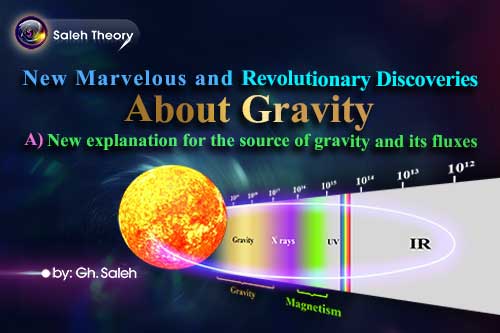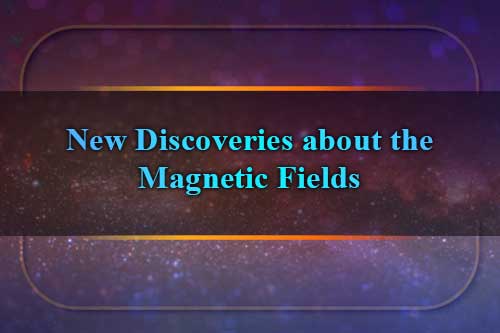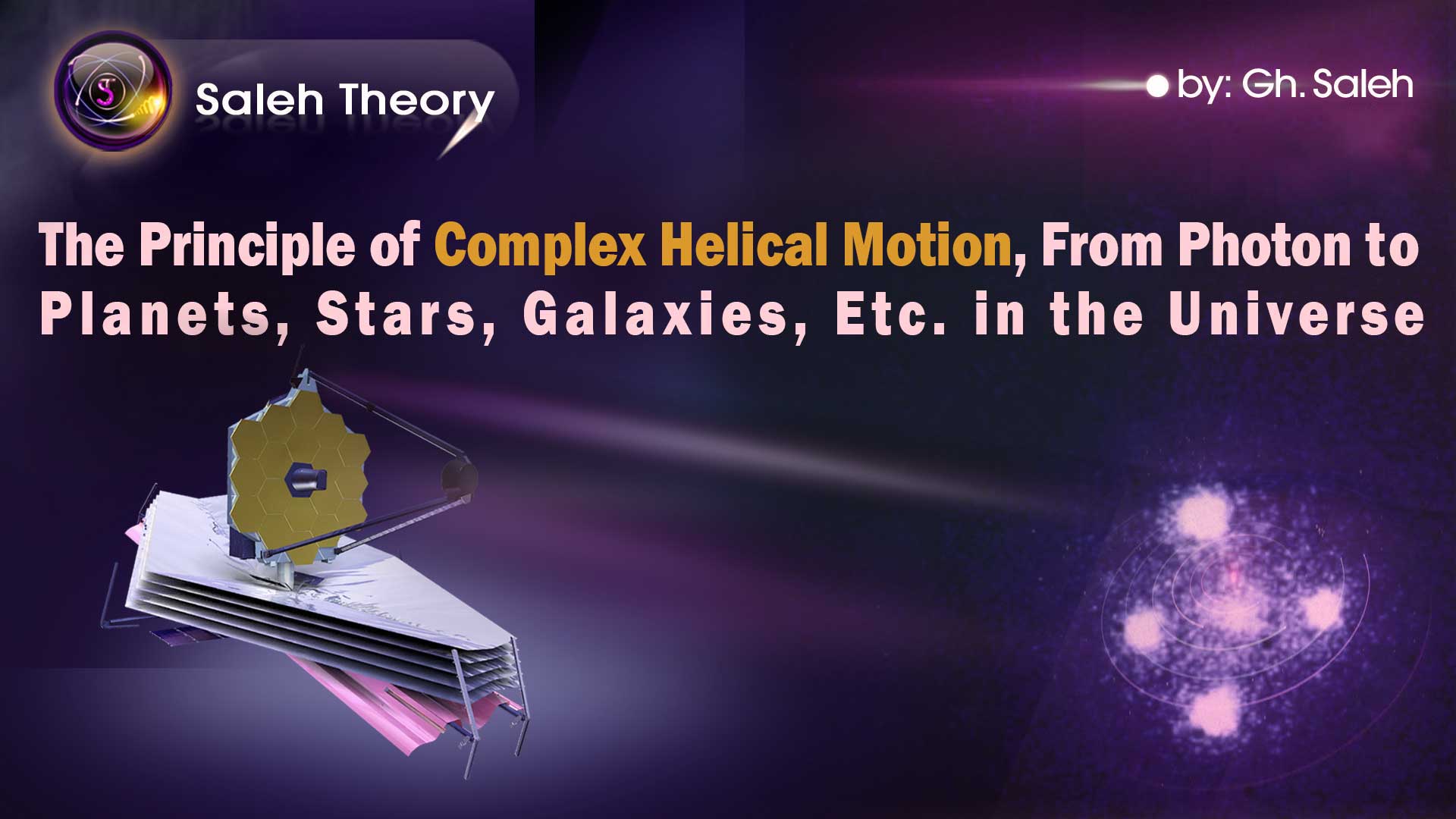
The Principle of Complex Helical Motion, From Photon to Planets, Stars, Galaxies, … in the Universe
If we look at the orbital motion of the Moon around the Earth, we will observe an almost circular orbit with a specific radius, where the Moon is rotating with a velocity that makes it revolves around the Earth 12 times a year. Considering the orbital motion of the Earth and the Sun, we observe that the Earth also moves in a closed curved (with a radius of about 150 million kilometers) at a constant average velocity, and revolves around the Sun once a year during 365 days.
We can observe a helical motion when we consider the path of the Moon's orbit around the Earth and the Earth's orbit around the Sun. In fact, the path of the Moon's motion around the Earth and the Earth's motion around the Sun combine into a helical and combined motion for a moving object like the Moon, which appears as a continuous helical motion to a stationary observer on the Moon.
If we add the motion of the Sun in the Milky Way galaxy to the two previous motions, we will have a combination of three paths:
1: The motion of the Moon around the Earth
2: The motion of the Earth around the Sun and
3: The motion of the Sun around the center of the Milky Way galaxy

Considering the combination of these three orbits with each other, the path of the Moon's motion will become a complex helix, which will have rings as shown below:
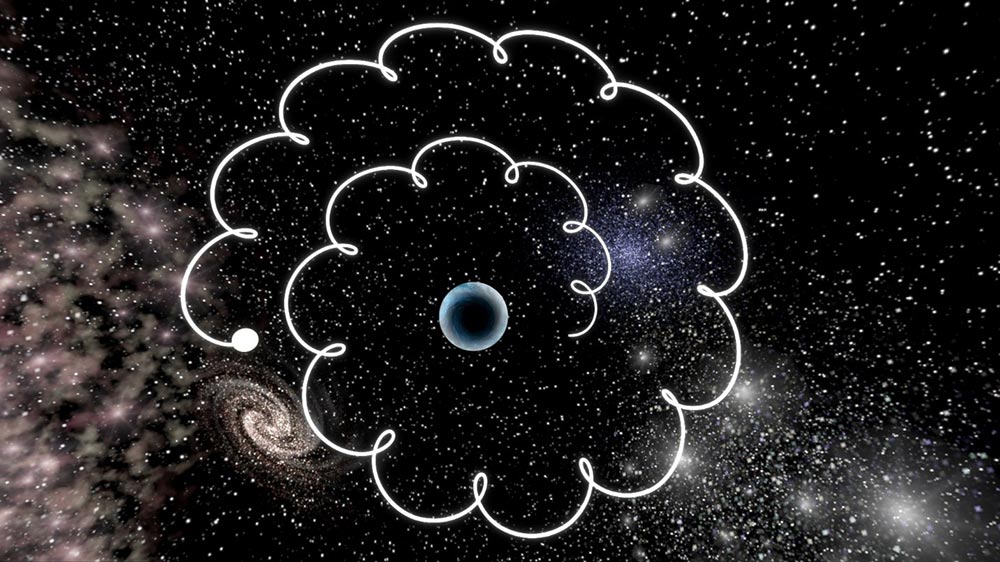
On the other hand, as we mentioned before, according to the Saleh Theory, a photon also has 1+5+5 motions. Therefore, the motion of a photon is also in the form of a helix.
Based on the above, the complex helical motion of the Moon and photon could be extended to the Earth, the Sun, the Milky Way galaxy, clusters, and so on. Therefore, it is clear that for the smallest particles to the largest celestial objects, based on the number of their orbits, which will be 4 , 5 and more, these complex helical motions could be considered.
We consider the images captured by the James Webb Space Telescope, as an example. In these images, one galaxy is observed in multiple places with clarity. If we connect the centers of these observed galaxies, we will reach a helical motion. In fact, if the motion of a celestial object is the result of the combination of three or more orbits, the motion will be a complex helix (a helical motion in which there are rings in it).
The observed galaxy in the image captured by the JWST has a helical path with rings (circular motion around its first rotating center). However, since the number of rings is few during one full orbit in the second orbit and the radius of rotation in the first orbit is much smaller than the distance from the observer to the galaxy, the JWST usually must capture multiple galaxies in each image of this galaxy. Since there will be other rings on the way until the JWST reaches the first and second rings.
On the other hand, this galaxy may have more rings, but some of them may remain unseen due to collisions with other galaxies. Therefore, for the galaxy observed by the JWST, about six to seven rings could be predicted.
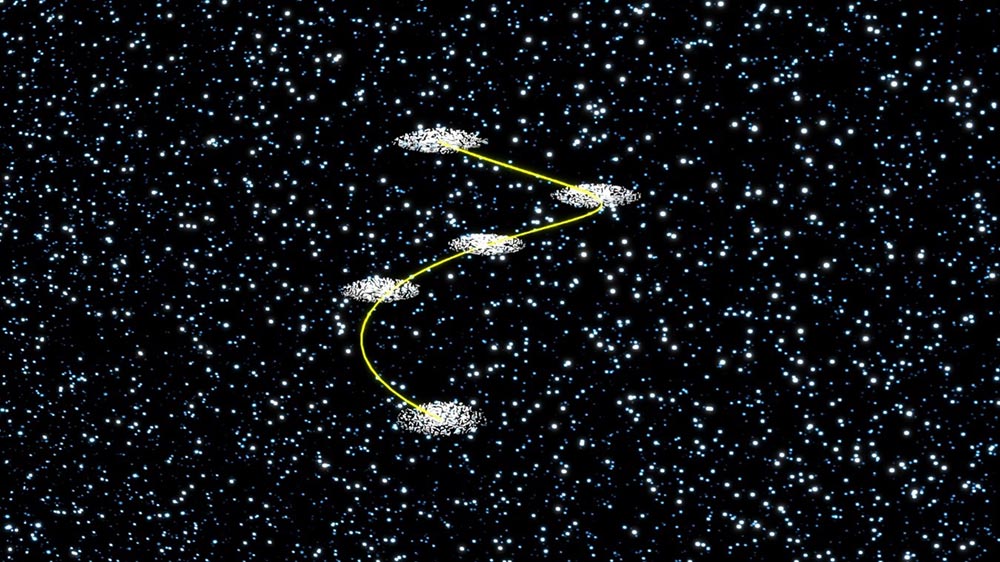
In simpler terms, the reason for the multiplicity of galaxy images is the presence of rings in its helical motion (these rings are the result of the rotation of the galaxy in its first orbit) which leads to the formation of a confusing JWST image.
It should be noted that in motions resulting from the combination of two orbits, simple helixes are usually created in which the helical radius remains constant.
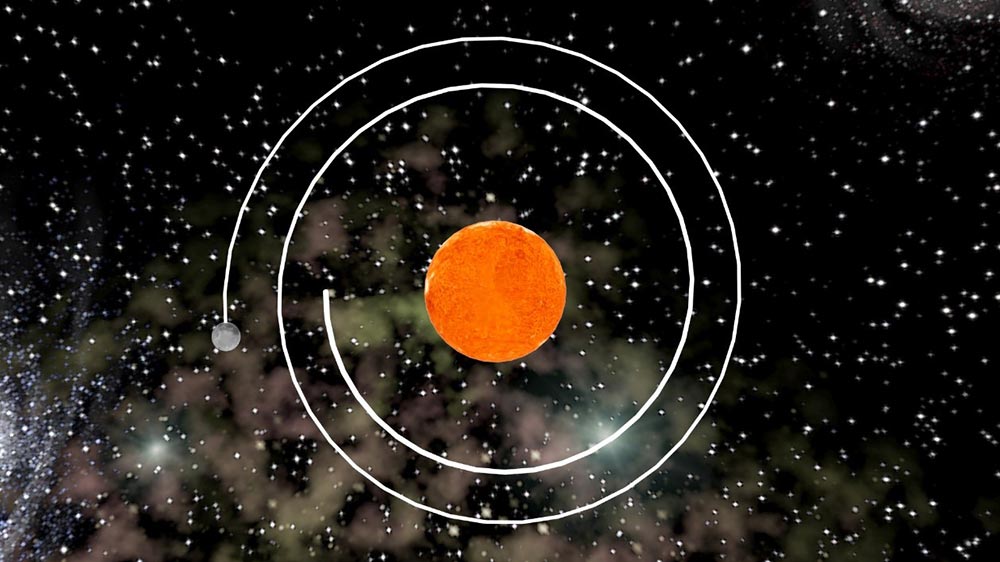
However, in motions resulting from the combination of three or more orbits, due to the complexity of the helixes, the path of motion could be divergent or convergent.
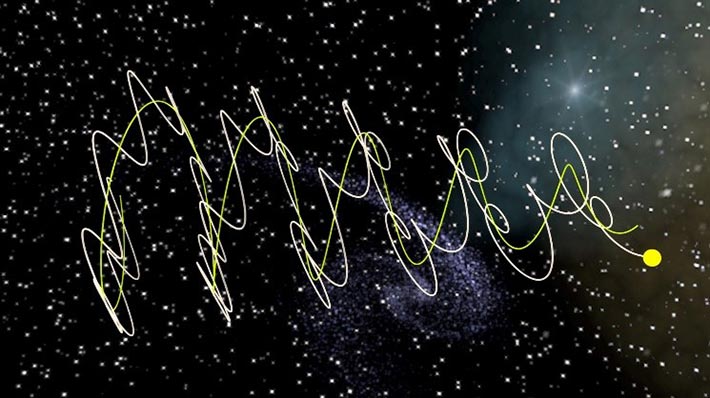
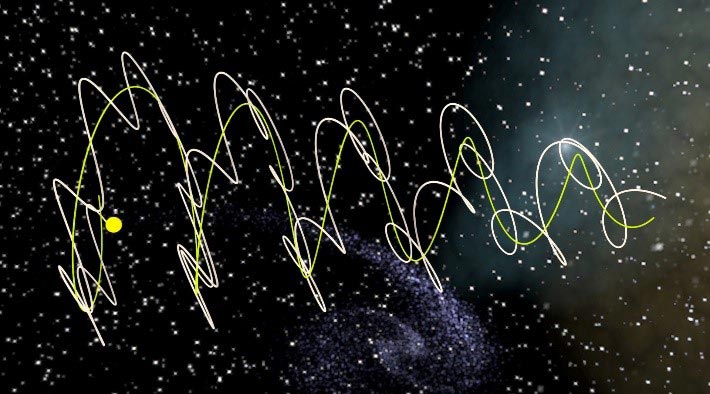
In this case, from the perspective of an observer looking at the moving path from behind, if the radius of rotation increases, the movement will be divergent, and if the radius of rotation decreases, our helical motion becomes a convergent helix.
Result:
All particles and objects have helical, complex helical, etc. motions. In other words, their path of motion could be the result of the combination of “n” orbits. where “n” could be 1 to 10. If we adjust our telescope to observe the path of motion resulting from the combination of three orbits, we will have an image of a helix with rings, such as the beautiful and strange image from the James Webb Space Telescope.



